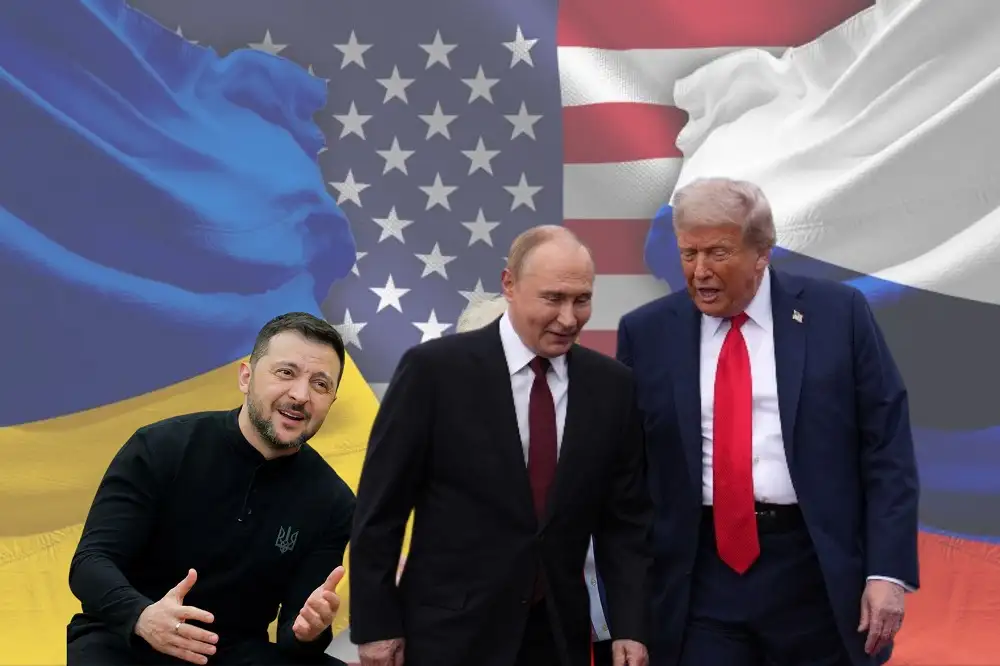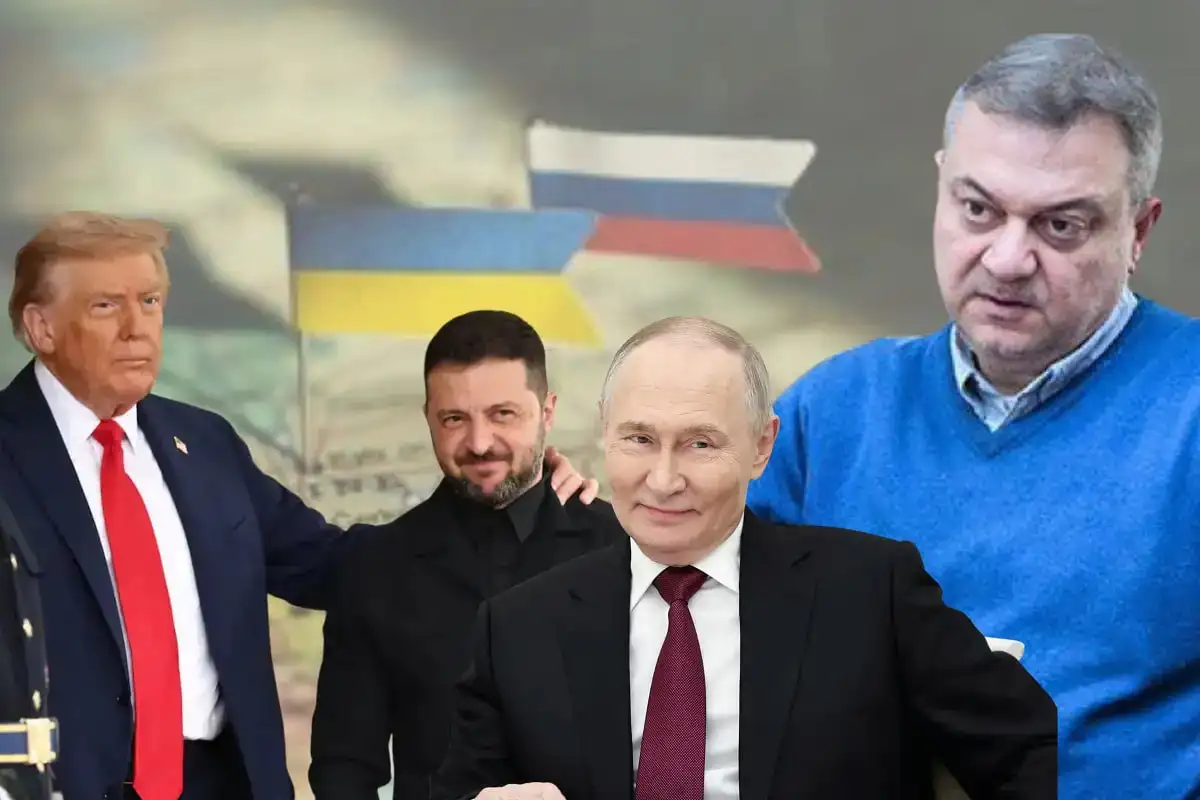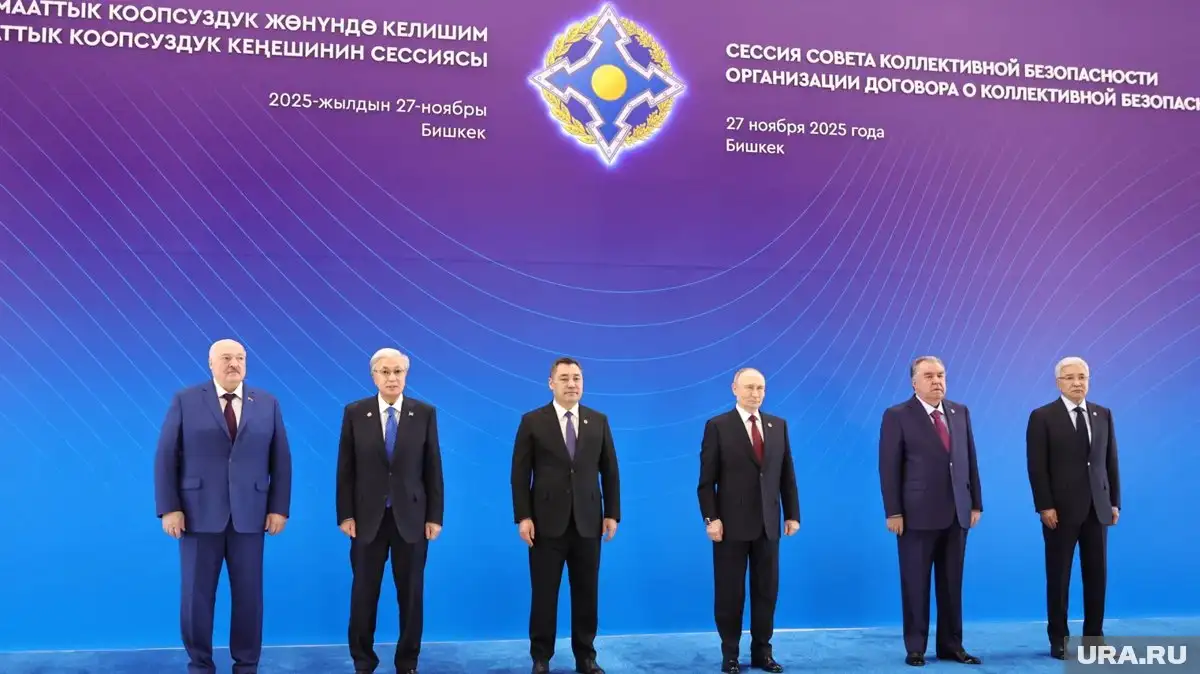The recently published, seemingly credible leak of a detailed 28-point plan for resolving the war crisis in Ukraine, attributed to the US, has caused a new international uproar. Although Washington has not officially confirmed the authenticity of the document, the published provisions are complex to consider as an ordinary "scenario": their logic and structure clearly bear the stamp of a closed diplomatic process.
The essence of the Plan is as follows: Ukraine is proposed to abandon the prospect of joining NATO, recognize Russian control over the entire Donbas and the territories already occupied at the moment, significantly limit the size of the army, abandon long-range missiles, reduce weapons and receive some formal security guarantees from the West, in return for a ceasefire and border stabilization from the Russian side. Moscow gets a significant easing of sanctions and reintegration into international formats.
Kyiv's "formal readiness" and fears
The public reaction of the Ukrainian side is extremely cautious. In Kiev, there is neither open rejection nor full acceptance, which seeks to hide the clear and understandable reality: the document is unacceptable because it is a complete capitulation of Ukraine.
In such conditions, Kyiv's refusal to rule out dialogue stems from the realization that any public rejection could trigger a new deep crisis in relations with Washington, especially given that the United States has already suspended a significant portion of its military assistance in recent months. This suspension, in turn, coincided with large-scale offensives and tangible territorial advances by the Russian army, creating the most challenging situation for Ukraine. In such conditions, a new escalation could be catastrophic for Kyiv, which understands that the risk of imposing the Plan will only increase if a political demand for a "quick settlement" emerges in Washington. And it is here that the chronology of the leak becomes significant.
European countries' discontent
The response of European countries is almost unequivocal: it is unacceptable, incomplete, and dangerous. France, Germany, Poland, and the Baltic states unequivocally state that any settlement that would legitimize Ukraine's territorial losses and close NATO's doors cannot be considered a sustainable peace. Moreover, the EU insists that Washington should not initiate any settlement plan without the involvement of European countries, since the war is at the heart of Europe, and the future of Ukraine is immediately perceived as the future of European security.
The failed Hungarian negotiations and Washington's "fake return" to principle
It is noteworthy that the publication of the Plan followed the visit of the Russian President's special representative, Kirill Dimityev, to Washington at the end of last month, which followed the failure of the planned high-level Russian-American talks in Hungary, initiated by Washington itself. It seems that the Trump administration was trying to show a return to principle, avoiding the impression that the US is preparing to go back on the agreements reached at the expense of territorial concessions.
In our previous commentary, we assumed that Russia, in all likelihood, by sending Dimityev to Washington, presented a more attractive, perhaps even strategic compromise offer to Trump, who imagines politics as a series of profitable deals. And this may be the basis for the US political turn and for the approach to forcing Ukraine to capitulate.
The mystery of the leak: who benefited from the publication
If such a plan really existed, then the main question is why it became public at that very moment, before it entered official circulation. It is evident that the leak itself is a political act aimed at preventing the legitimization of a possible US-Russian secret agreement and building resistance in the international arena against any "secret bargaining".
The leak could have been initiated, of course, at Kiev's request.
Ukraine, realizing that the Plan entails not only territorial losses for it but also serious risks of long-term destabilization, even, one might say, the collapse of the state, could have tried to urgently publicize the document through American channels to provoke Europe's anger first. It is with this calculation that one can explain Kiev's official "silent waiting": to bide time until European partners react and form a negative background that would threaten the implementation of the Plan. This mechanism has been used before to prevent allied pressure.
However, the leak could also have originated within the US.
There is no unequivocal agreement within the Trump administration on imposing such large-scale concessions on Ukraine. By publishing the document, some circles may try to block its officialization. For Republicans, the prospect of "making a deal with Russia" could become a serious political risk.
The leak, at the same time, eliminates that possibility, giving the document a chance not to be presented as a pre-prepared, conspiratorial, long-term strategic approach.
The consequences of "forcing Ukraine to surrender" and the context of Russian triumph
If the leaked 28-point document even roughly reflects Washington's political mood, it would be a hazardous signal not only to Ukraine but also to the entire security system. Forcing a "regime" even on a non-direct ally inevitably undermines the international perception of the United States as a reliable partner.
However, the problem is deeper: the provisions set out in the document literally coincide with Moscow's maximum demands: recognition of the occupied territories, that is, the legalization of aggression, a minimum level of security guarantees and de facto disarmament for Ukraine, which continues to leave that country defenseless against new Russian expansions, and, of course, a phased lifting of sanctions, which for Russia would be not only a diplomatic victory, but also a strategic triumph.
And the stubborn silence maintained by Moscow regarding the document made public reinforces the question of whether the Plan was not developed at an early stage in response to Russian demands, with only the packaging done in the US...
Suppose the Plan reflects the real political and final orientation of the American administration. In that case, the current situation creates an unpleasant déjà vu, reminiscent of Russia's stance towards Armenia in 2021–23, in the context of Azerbaijan's occupation of Armenia's sovereign territories. In both cases, the constant pattern that emerges in the superpower-ally relationship is that, on the scale of priorities, the ally's security interests are constantly sacrificed to the superpower's global calculations, and moral principles are not practical guiding values but rhetorical luxuries...
Gor Abrahamyan


















